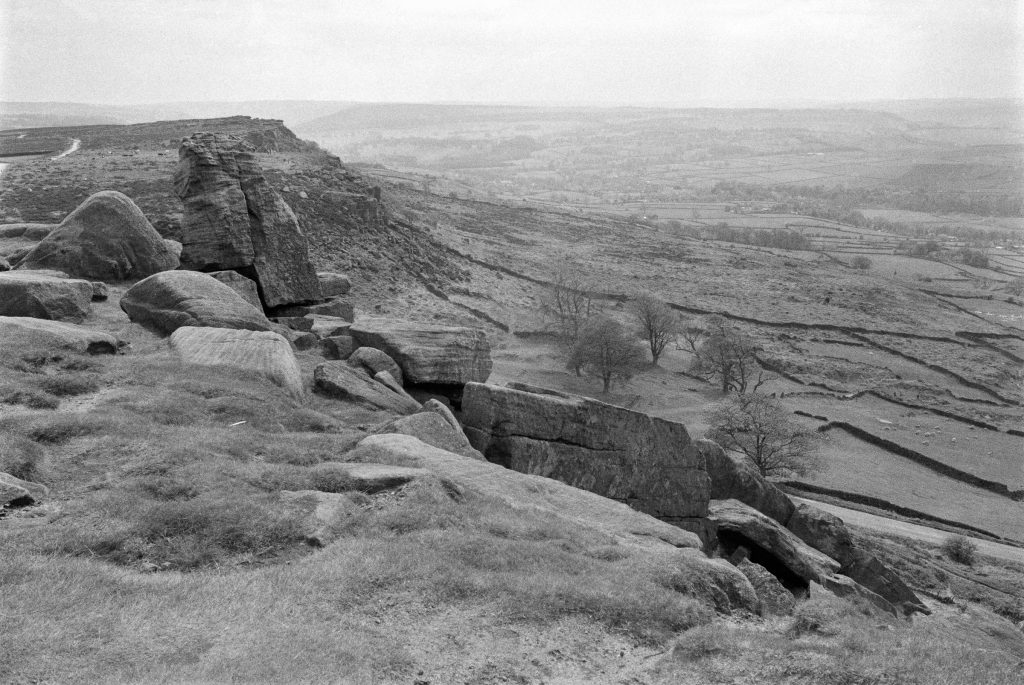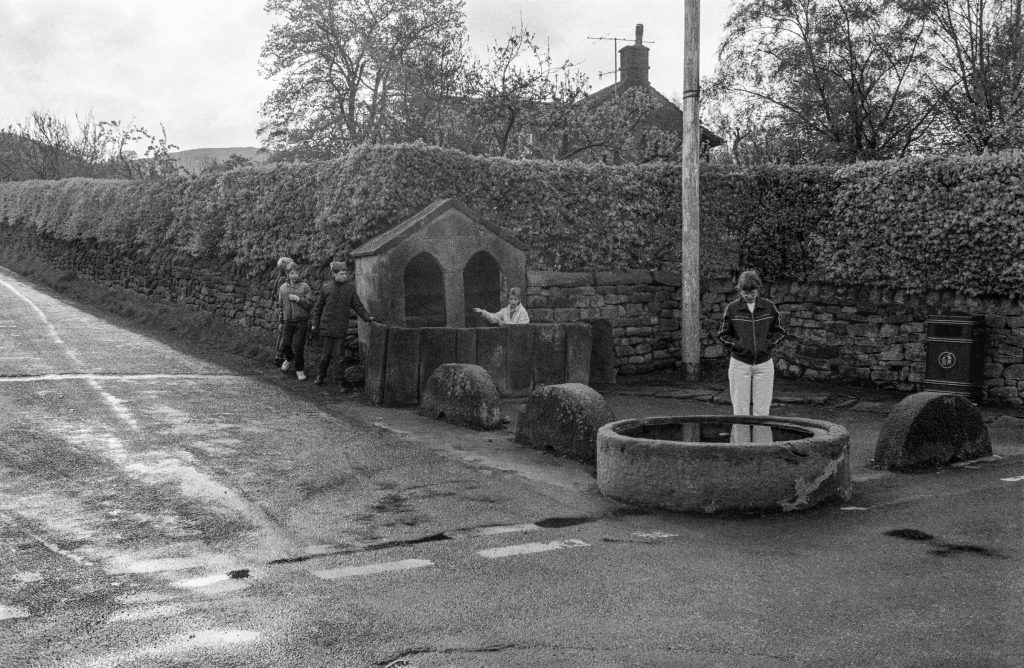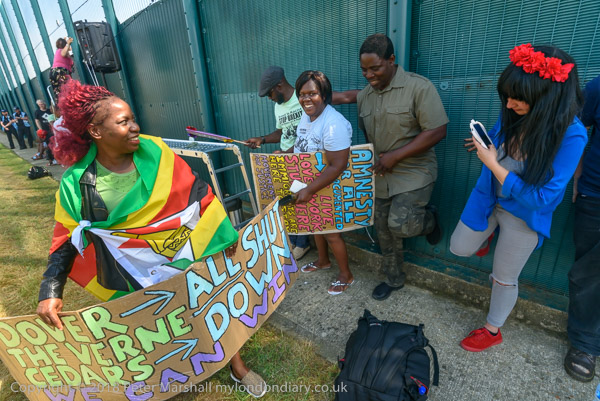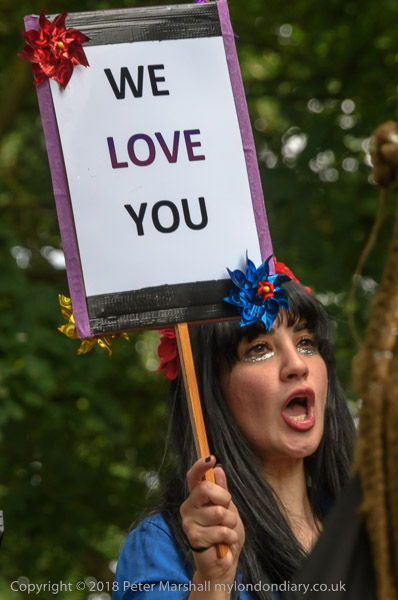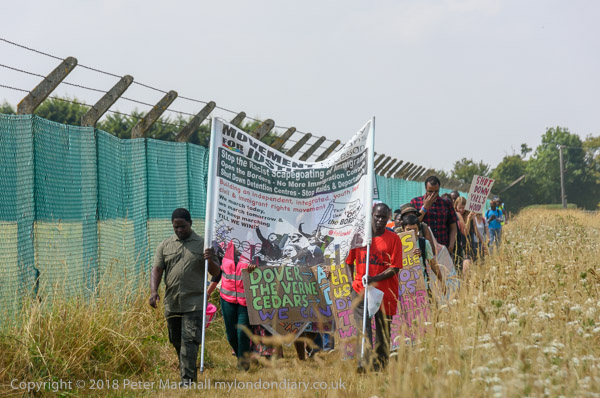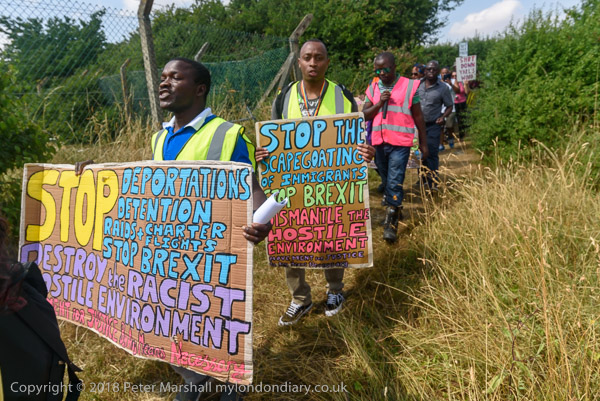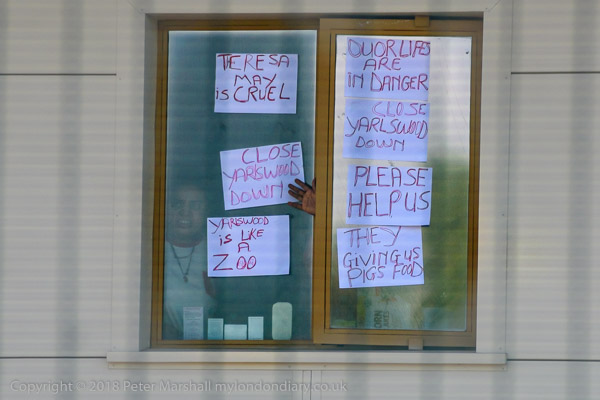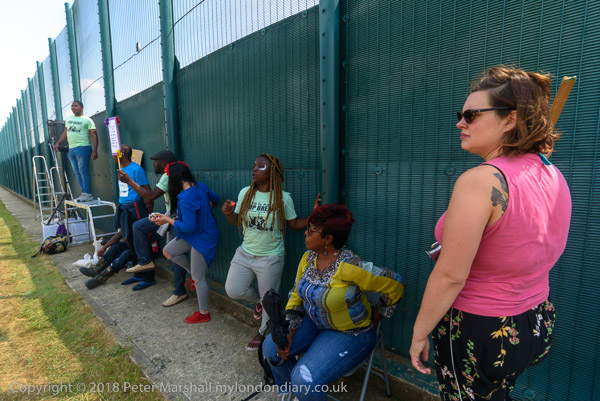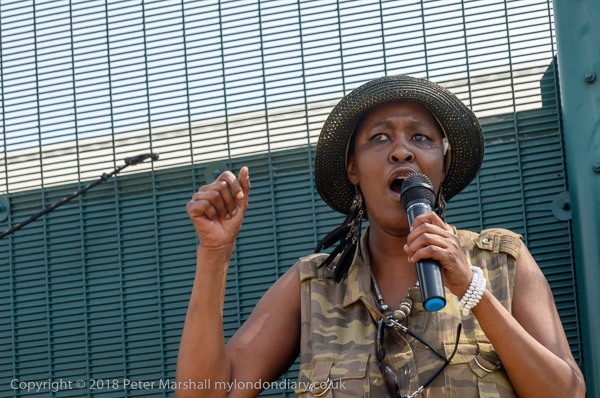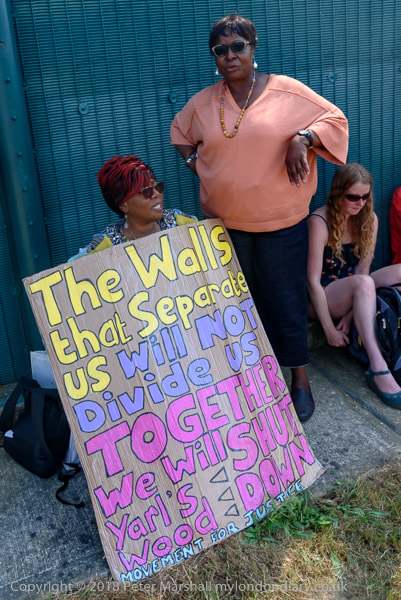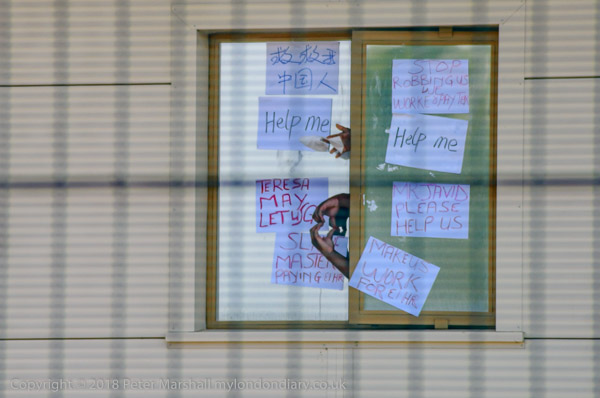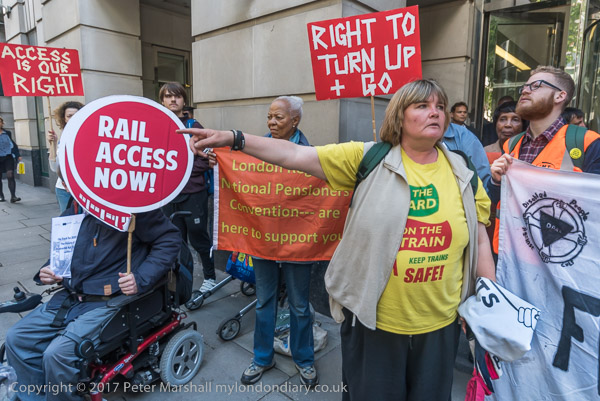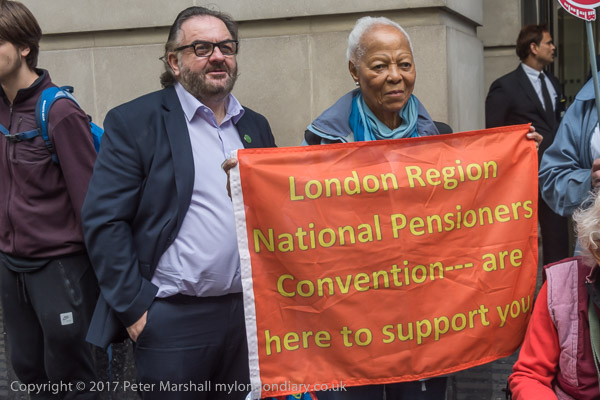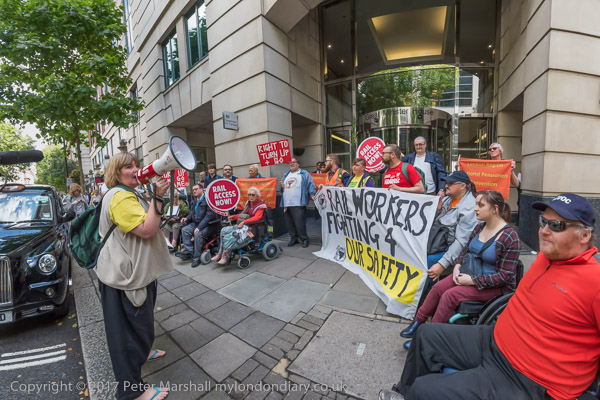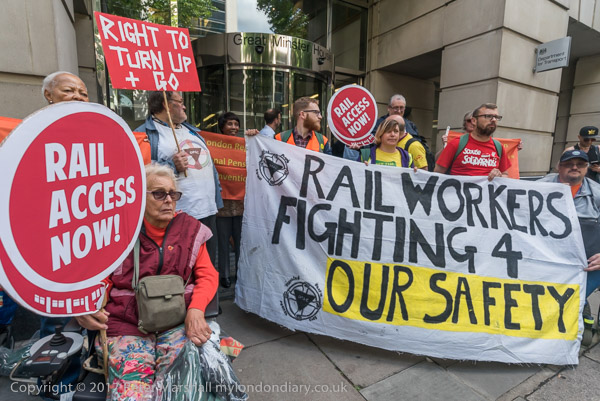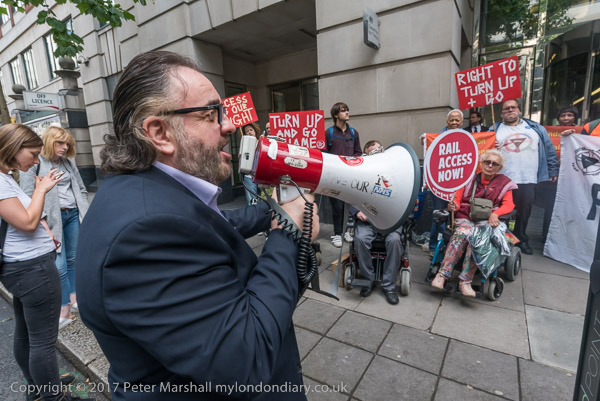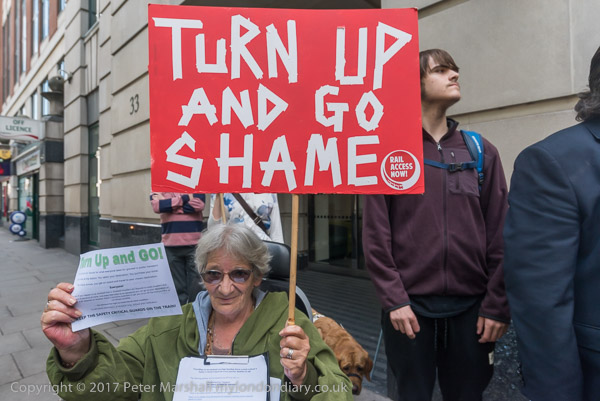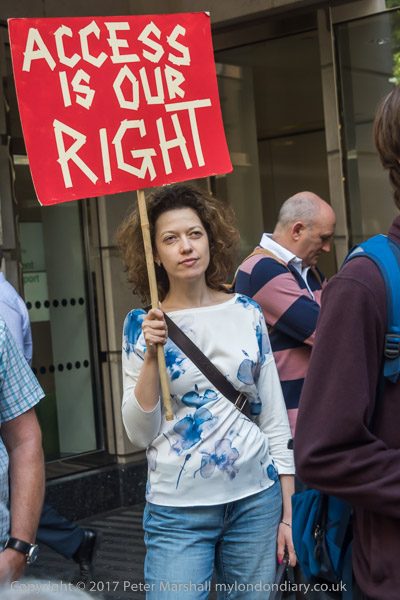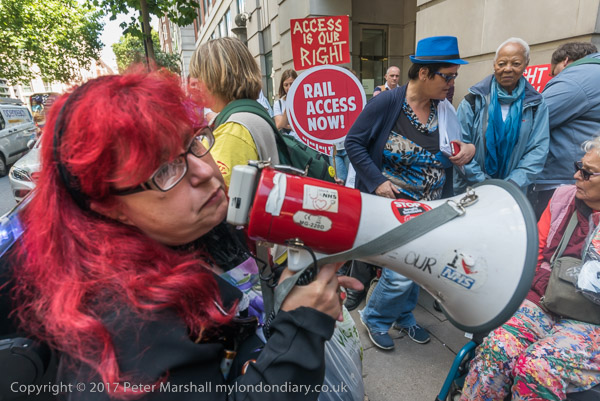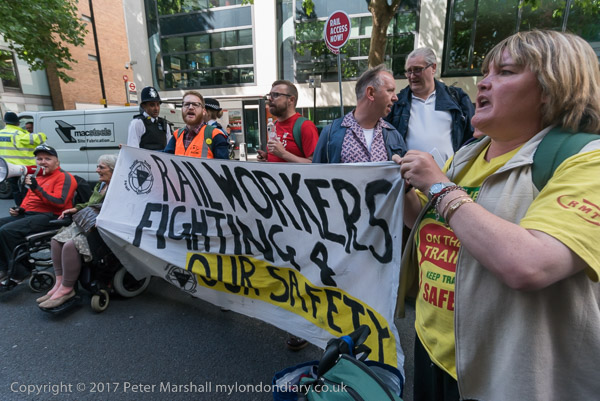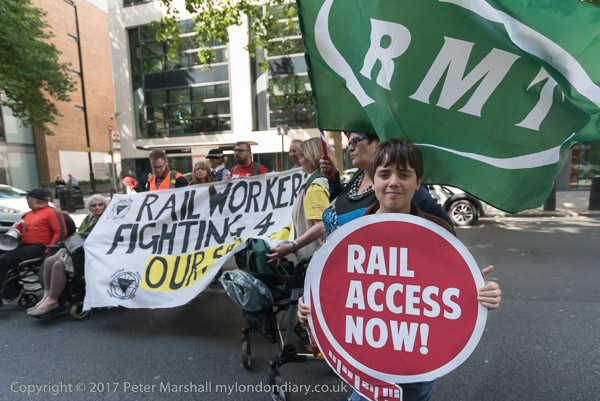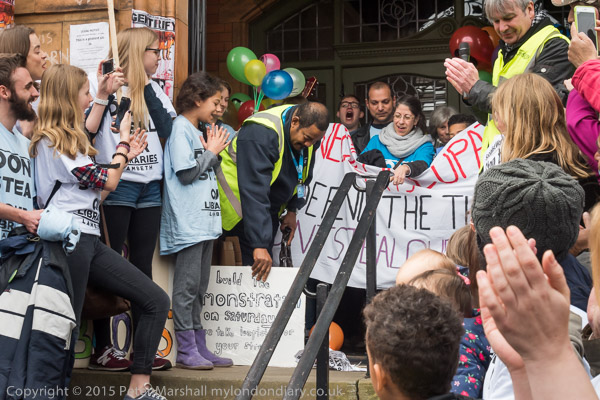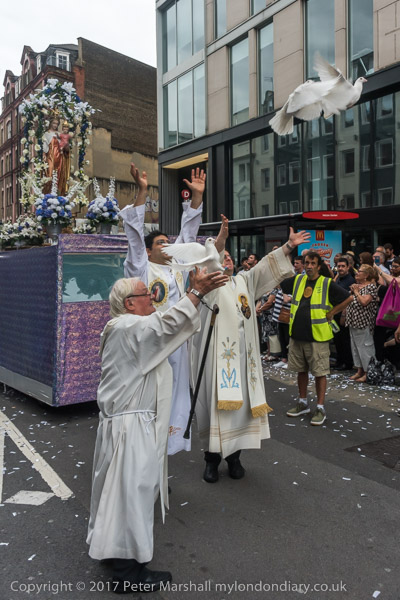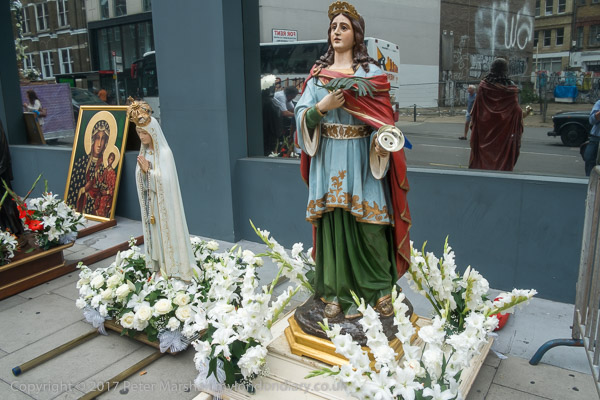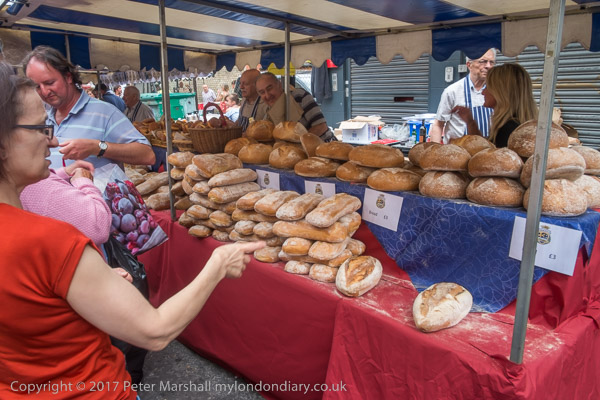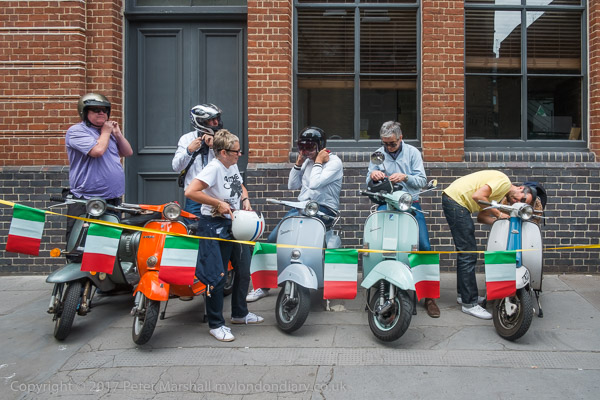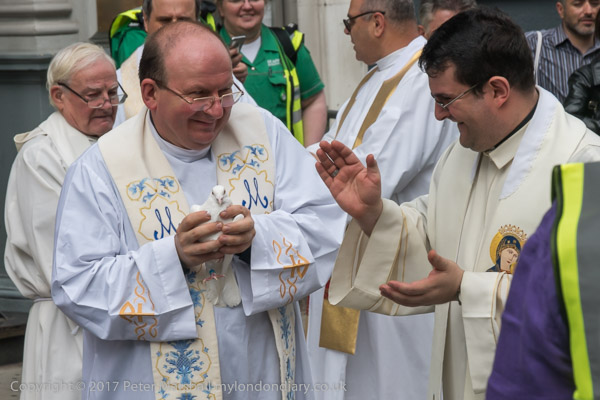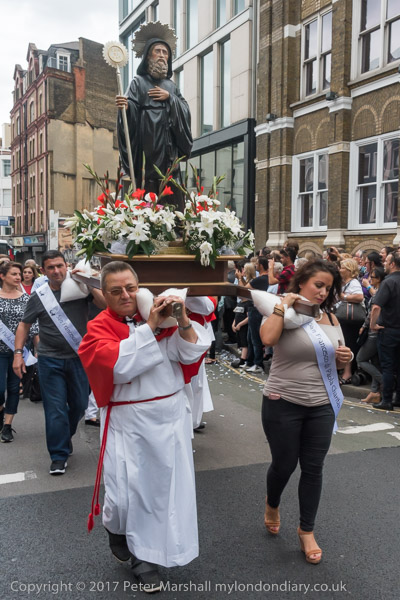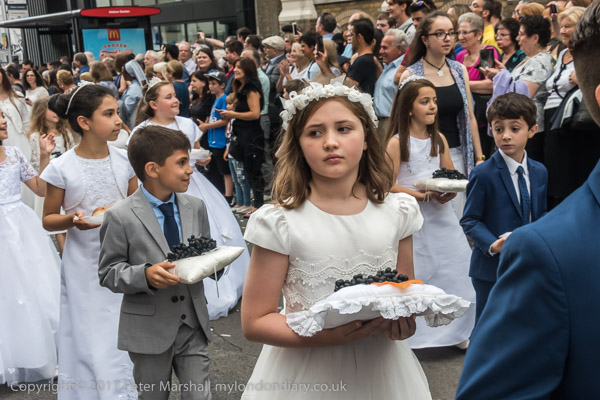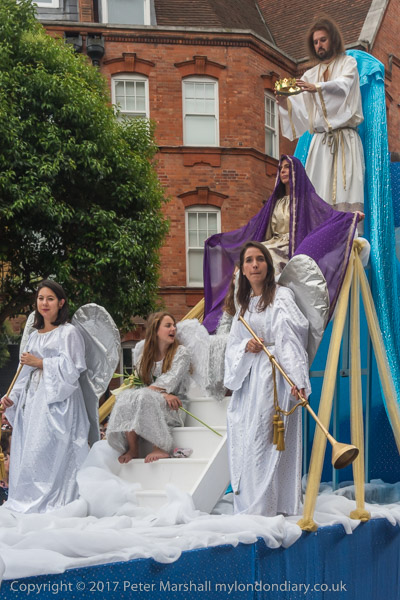Al Quds Day march for Jerusalem: In 2014 the annual Al Quds Day march was held on Friday 25th July and came the day before a major protest close to the Israeli Embassy over attacks by Israeli forces on Gaza which had killed over a thousand Palestinians, mainly civilians.
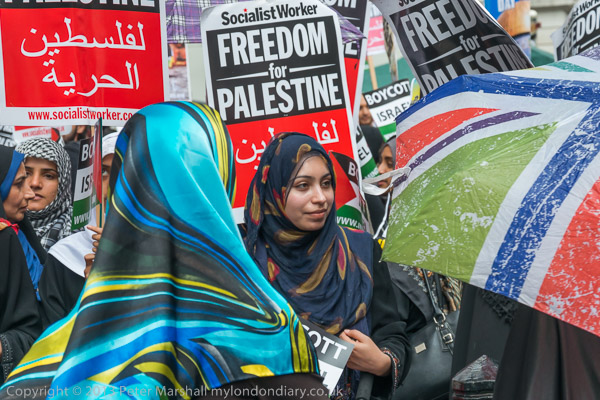
I’ve written many times before about these marches which began in Iran in 1979 and is a anti-Zionist protest in solidarity with the Palestinian people and in support of their rights and specifically concerned with the Israeli occupation of East Jerusalem (Al Quds) and the West Bank which followed the 1967 Six-Day War. Israel celebrates this with a national holiday on Jerusalem Day.

Public events take place across the Arab world, particularly in countries with large Shia Muslim communities and also in London and some cities in Europe and America. Many of these events are organised by groups funded by Iran.
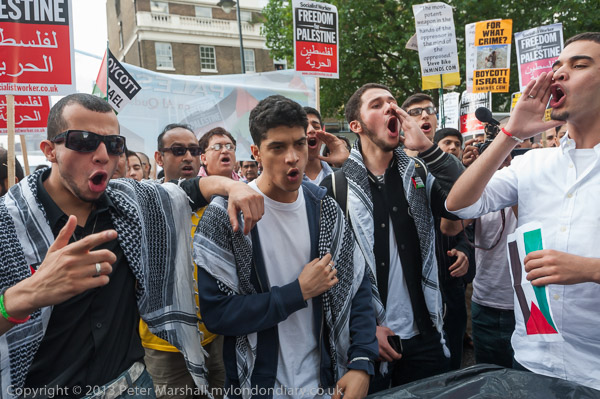
Critics have often accused the event of being anti-Semitic, but on the various occasions I’ve photographed them there has been little evidence of this. I have seenboyco a few people who have turned up with anti-Semitic slogans on placards being forced to discard them or leave the march by the stewards.

Although the vast majority of marchers are Muslims there is also a significant number of Jews on the march, most obviously with the ultra-orthodox Neturei Karta Jews carried their usual placards and banners against the Zionist state and condemning the atrocities carried out in its name. They say that Judaism is not a nationalist religion and reject any idea of a Jewish State. But many of the the non-Muslims from various left groups that support the march are also Jewish.
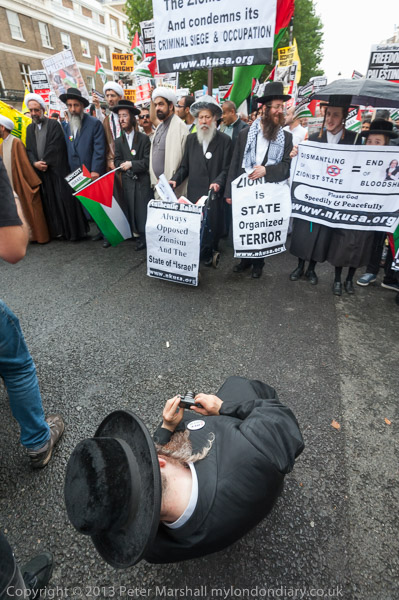
The march in London was fairly large with perhaps 5-10,000 people, including many who had come in coaches from mosques around the country. Many had come with families and some marched together, but mostly men and women marched in separate groups as you can see from my pictures. The women were considerably more colourfully dressed and along with the Neturei Karta – all male – are over-represented in my coverage of the event.
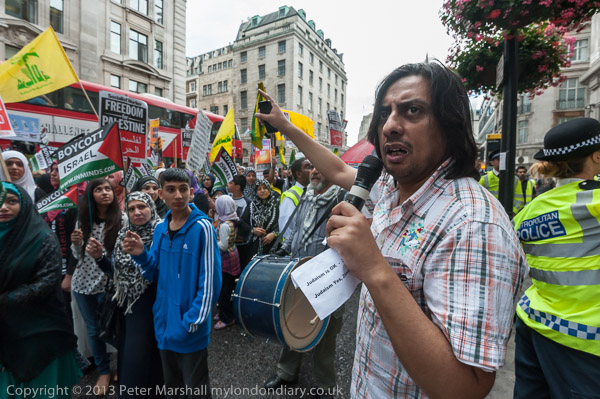
The march calls for Freedom for Palestine and for all oppressed people across the world, and it also calls for a boycott of Israel and an end to Israeli occupation of Palestinian land and Israeli apartheid. And clearly this is an anti-Zionist event, but not anti-Jewish, as one of the chants used by the marchers made clear: ‘Judaism Yes, Zionism No!’.
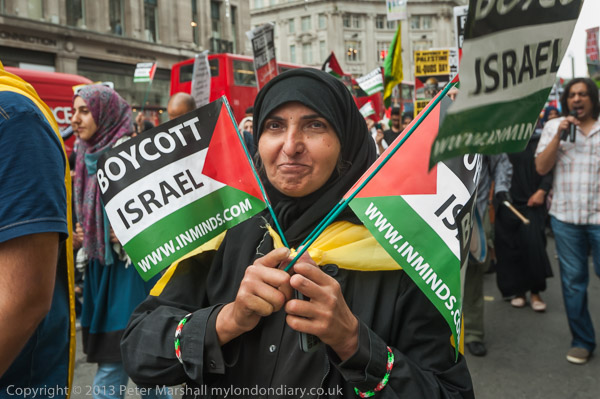
I left the march as it turned off of Regent Street to make its way to a rally at the US Embassy. By that point there had been no sign of the opposition to the march I had seen in some previous years from Zionist, Iranian freedom, communist and royalist movements and UK right wing fringe groups, but I think there many have been some Zionists waiting to protest against it at the US Embassy.
Many more pictures at Al Quds Day march for Jerusalem.


















